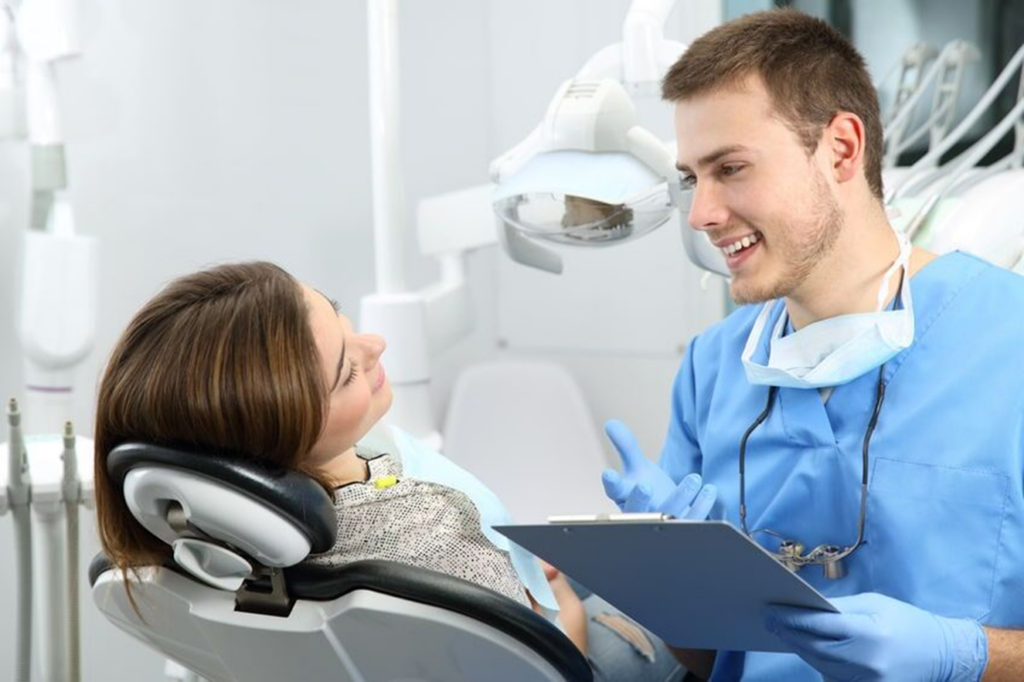Remote patient monitoring solutions are slowly beginning to take root as the new look of modern and more efficient workflows for hospitals and clinics. In 2020, a survey by the ACP found that close to 1 in 4 facilities sampled had RPM or telehealth solutions in some form. The number of practices that have come on board in the 2 years since has skyrocketed as facilities realize the true potential of remote patient monitoring services. If you’re on the fence about this technology and remain unsure of what specifically it can bring to your practice, let these seven reasons help you make an informed decision.
- RPM improves occupancy
In this dire time of need, RPM can help hospitals keep up with increasing occupancy needs. A recent report by the New York Times reported that American hospitals are wading towards full ICU capacity, with the average occupancy rate found to be 95% at 417 hospitals countrywide.
It is exactly in such cases that a remote patient monitoring service can come in handy. By decentralizing care, patients cut down on hospital trips and stays. This in turn frees up hospitals and clinics to open up their occupancy.
- To catch fleeting arrhythmias
500,000 people today live with some form of arrhythmia, but they remain unaware of it because sometimes cases can be asymptomatic. In-person diagnosis is one excellent way to detect arrhythmias, but not always so. Sometimes, arrhythmias can occur sporadically and thus physicians can miss the irregularities during scheduled consolations as you often have to catch them just at the moment they occur.
With digital healthcare solutions, it’s possible to get round-the-clock data on patients’ vitals, which casts a wider net in terms of picking out unpredictable arrhythmias. Care facilities can keep track of every heartbeat day or night.
- Patients prefer home-based care
Findings by the Jamanetwork indicate that over 7 in 10 patients would choose home-based illness management over a hospital or clinic. Part of the reasons for this is:
- Patients desire to be closer to their families
- The innate fear of care facilities
- Patients want or need to save money
By embracing remote patient monitoring platforms, hospitals and clinics can actually appeal to the preferences of a market that would love to receive care at home. What’s more, care facilities can offer peace of mind to such patients, with round-the-clock health monitoring.
- Reduced cost of care
The Health Affairs finds that just 45% of hospitals are making a profit, with the rest struggling to break even or drowning in the red. Remote patient monitoring solution providers can provide the straw these facilities can clutch at to get out of their tough spots, helping practices save money in the following ways:
- By cutting down on travel expenses for physicians as home check-ups can be done virtually
- Reducing the need to have specialists on a full-time payroll
- Reduction in the use of hospital supplies
Furthermore, projections by the Healthcare Intelligence Network predict that the healthcare industry will, within the next the 3 decades, save up to $200 billion due to the intervention of telehealth and RPM.
- Better coordination of care
Every hospital relies on a team of specialists to provide care. However, many obstacles often get in the way including:
- Overloaded workloads
- Manual processes that are prone to human error
- Language barriers and more
Digital healthcare solutions can eliminate heavily-manually processes, in favor of a digital workflow that isn’t susceptible to data-entry errors. Care teams can keep in touch with ease regardless of their location in large facilities, and every patient case can be managed accurately and on time. With RPM providers like Aura Health, who offer a multi-lingual care team to support workflows, facilities can also negate the effect of language barriers in the care coordination process.
Doctors often spend a lot of time on administrative duties and routine tasks, which come at the expense of the patient care experience. Engagement thus improves, which enables patients to take a great interest in their condition and that leads to better health outcomes. What’s more, when patient-doctor relationships blossom, a facility’s word-of-mouth appeal thrives and so does patient loyalty.
- RPM can improve profitability
While remote patient monitoring solutions cut down on patient visits, they offer many opportunities for hospitals and clinics to expand their profitability. In the US, for example, hospitals can tap into the new revenue streams that RPM reimbursements provide.
Research by Medical Economics indicates that clinics and hospitals stand to gain $210 for every RPM patient they add to their care every month. Here’s a glimpse of the earning potential:
- $19 for patient education and device setup
- $50 for the first 20 minutes of patient communication, monitoring, and management
- $ 41 for additional 20 minutes over the above, among other charges.
- Telehealth builds patient engagement
Doctors often spend a lot of time on administrative duties and routine tasks, which come at the expense of the patient care experience. Engagement thus improves, which enables patients to take a great interest in their condition and that leads to better health outcomes. What’s more, when patient-doctor relationships blossom, a facility’s word-of-mouth appeal thrives and so does patient loyalty.
Engagement thus improves, which enables patients to take a great interest in their condition and that leads to better health outcomes. What’s more, when patient-doctor relationships blossom, a facility’s word-of-mouth appeal thrives and so does patient loyalty.
That all changes with RPM and telehealth solutions, which take care of iterative work, allowing physicians to dedicate more time to the most important element of the care equation: patients.
Engagement thus improves, which enables patients to take a great interest in their condition and that leads to better health outcomes. What’s more, when patient-doctor relationships blossom, a facility’s word-of-mouth appeal thrives and so does patient loyalty.
Turn to Aura Health for the best in RPM and Telehealth
As you can see, remote patient monitoring and telehealth allow hospitals and clinics to be more profitable, improve their quality of care, and meet the needs of patients on their own terms. If you’d like to get these services and technology for your facility, turn to Aura Health, one of the best remote patient monitoring solutions, for all your needs. Visit their website to get started.

